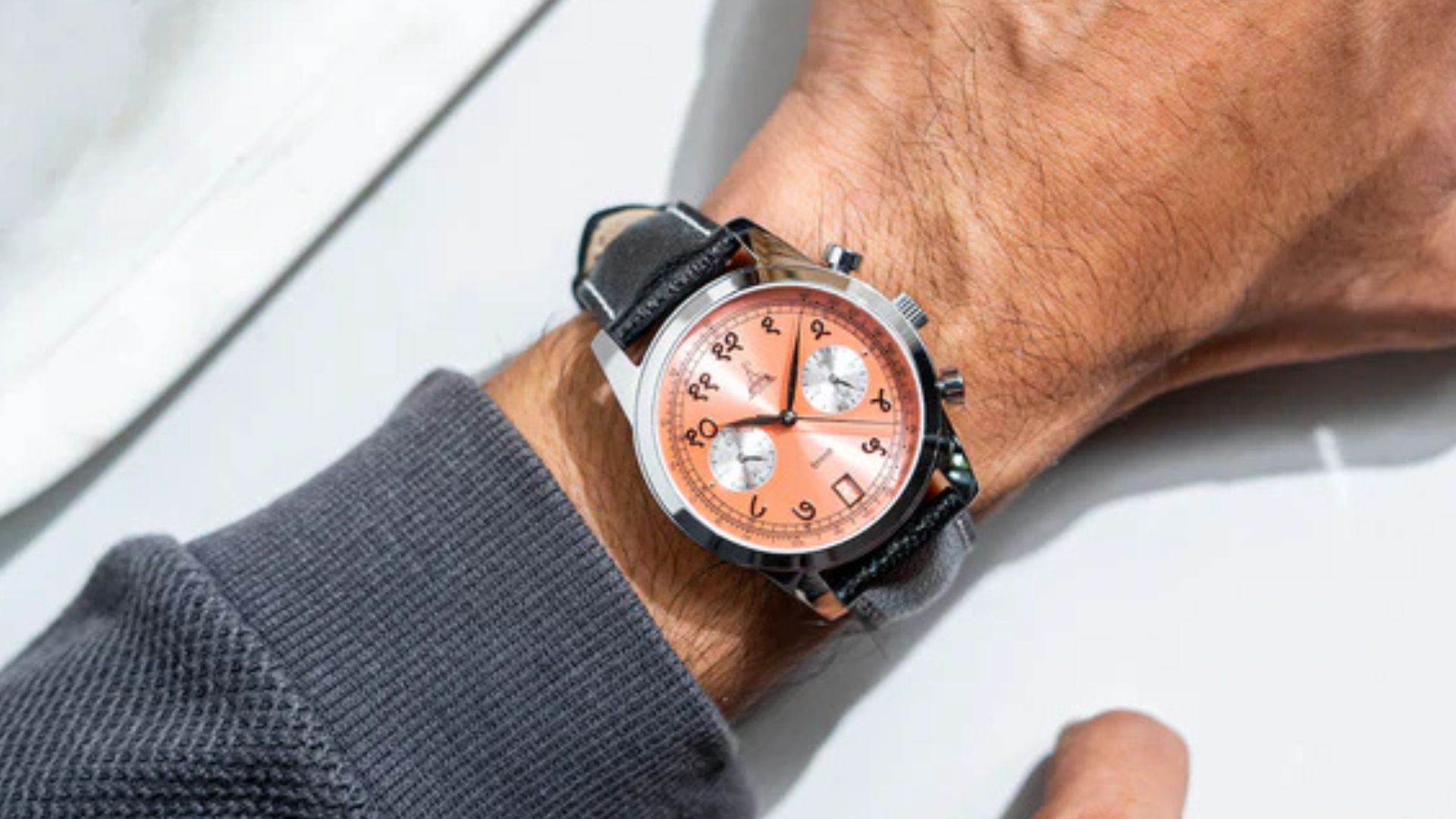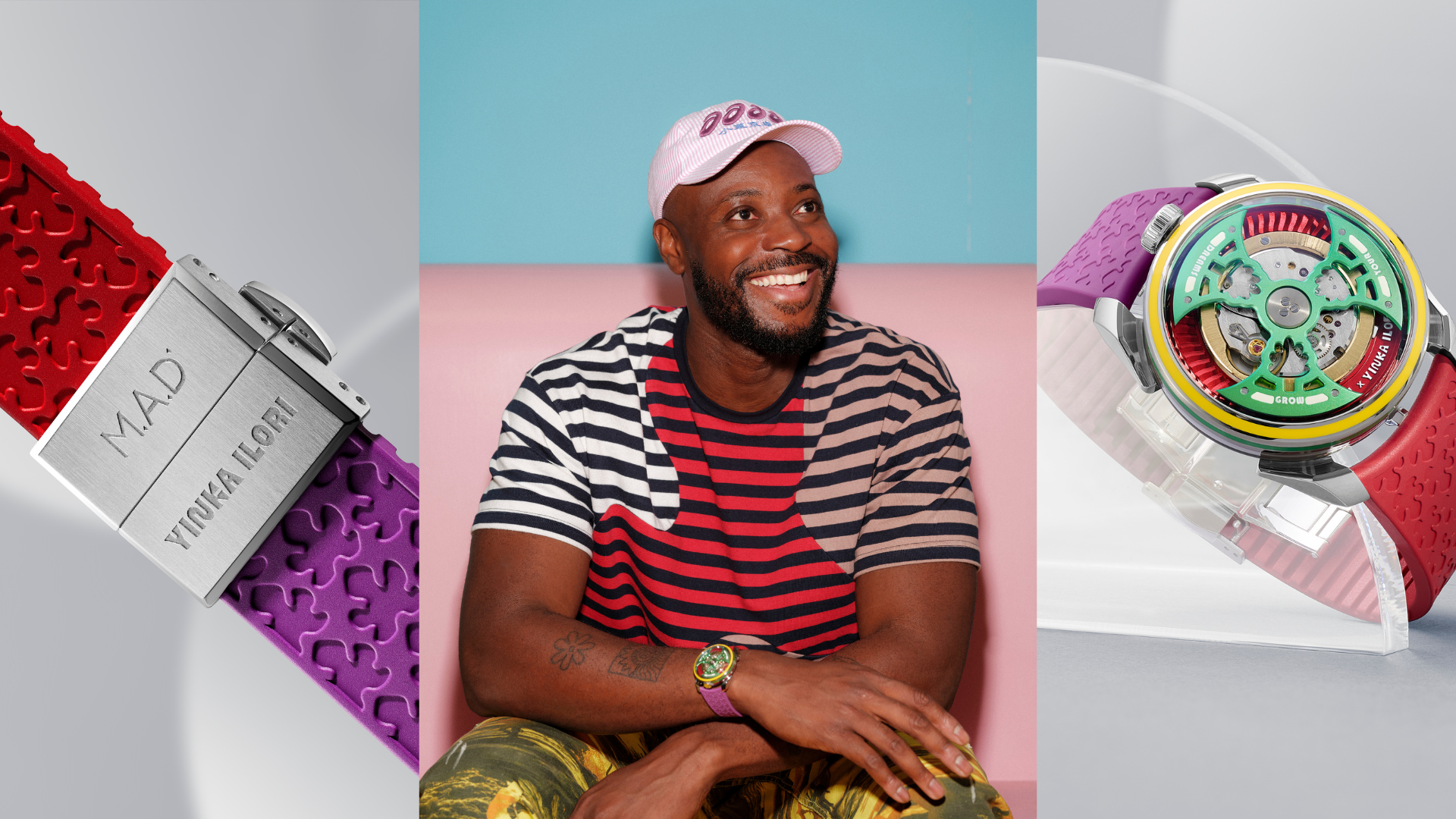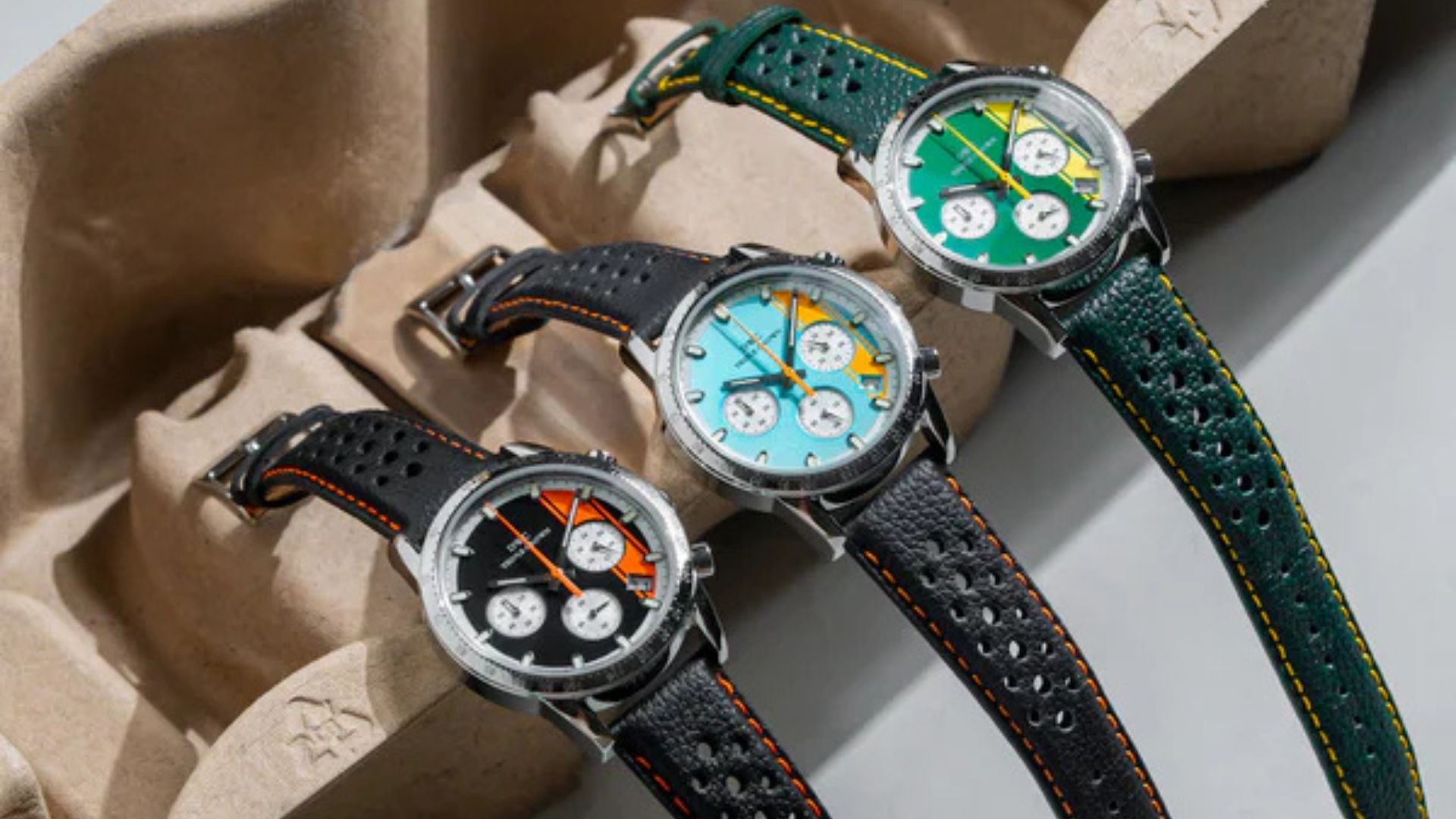Time Wound: Why the Mainspring Is Crucial for a Watch
.jpg)

In the complex world of mechanical watches, one component stands out for its ingenious function: the mainspring. This little but critical component, often made of spring steel, is used as a power source for mechanical watches, clocks, and other clockwork mechanisms. Essentially, mainsprings are responsible for keeping your watch running smoothly. They're made of a flat spring steel band that coils when wound, storing energy to keep your watch ticking. It is wound either mechanically via an automated winding system, as in automatic watches, or manually, as in hand-winding watches.
Join us as GMT India explores the interesting science behind this crucial horological element.
History of Mainsprings

The mainspring dates back to the 15th century, when mechanical clocks shifted from weight-driven mechanisms to spring-driven ones. This transformation was a watershed in horology, the study of timekeeping, because it enabled the development of portable timekeeping devices that predated the contemporary wristwatch. The first mainsprings were made of iron and coiled manually using a key. The mainspring has been modified innumerable times throughout history, as and when watchmaking techniques and materials have advanced.
The Design

Basically, the mainspring is a long, thin strip of metal wound tightly into a spiral. One end of the spring is attached to the barrel arbour while the other end is hooked into the barrel wall. When the watch is wound, the spring coils tighten and store energy. As it unwinds, this energy is released, causing the watch to move. The mainspring design must achieve a careful balance. It must be strong enough to store adequate energy while remaining flexible enough to wind and unwind without breaking. The length, width, and thickness of the spring as well as the material used are all important factors in achieving this balance.
Role in a Watch’s Movement

The mainspring plays a critical role in the movement of a watch. It provides all of the energy used to power the watch. When the watch is wound, whether manually or mechanically, the mainspring tightens and stores energy. As the spring unwinds, it releases energy in a controlled manner, which powers the gears and wheels that move the watch's hands. The gear train, a system of gears that amplify the force of the mainspring, transports its energy. The escapement then regulates the release of energy, guaranteeing that the watch ticks at a consistent rate. This precise control of energy is what allows a mechanical watch to keep accurate time.
Power Reserve

The power reserve of a watch refers to how long it can run on a single winding of the mainspring. This is an important feature of a watch's functioning because it impacts how frequently the timepiece should be wound. The power reserve varies widely among watches, depending on the design of the mainspring and the movement's efficiency. Most mechanical timepieces have a power reserve of 36 to 48 hours, although some high-end versions can last for several days or even weeks on a single winding. When the spring is fully unwound, the power has been spent and the watch stops working until it is wound again. The length of the mainspring directly correlates to the amount of power reserve a watch has. The longer the spring, the longer the power reserve.
The Materials Used for Manufacturing Mainsprings

A mainspring, which serves as the primary source of energy in mechanical timepieces, is constructed with high-quality components. The mainspring is responsible for the general functioning of a watch, hence it must be resistant to corrosion and magnetism. Today, mainsprings are usually made of Nivaflex, a corrosion-resistant alloy with outstanding elastic qualities; it has been developed by Reinhard Straumann, an engineer. Another substance that has gained popularity is silicon. It is lighter than steel, promoting stability and allowing the mainspring to maintain ideal performance. Furthermore, this material does not require lubrication and can hold its shape.
All in all, the design and function of a mainspring demonstrate the skill and precision needed for watchmaking, a discipline that has been refined over generations. Understanding the workings of a mainspring allows us to have a greater appreciation for the artistry and engineering that go into creating a luxury mechanical watch. From its humble beginnings to its sophisticated designs today, the mainspring has evolved alongside watches, reflecting advances in materials and technology. It exemplifies the unwavering pursuit of accuracy and dependability in timekeeping, which continues to drive the world of watches today.
Image Credits. H. Moser & Cie. Haute Rive, Blancpain, IWC



















